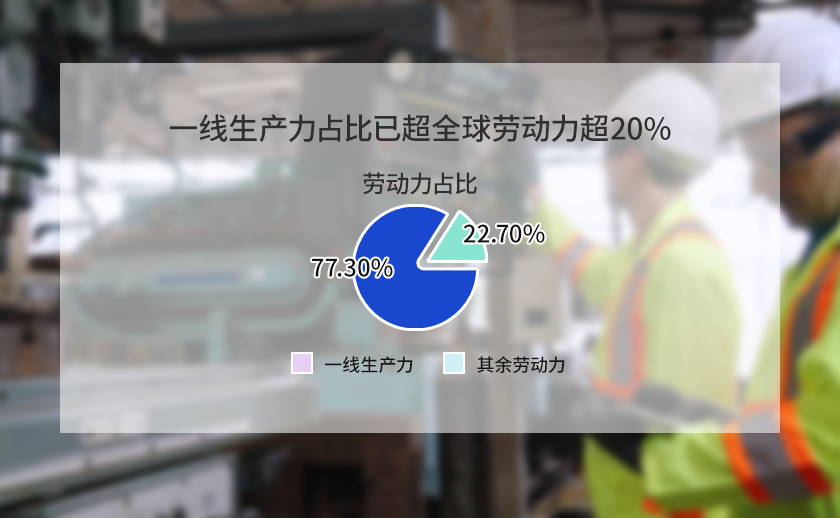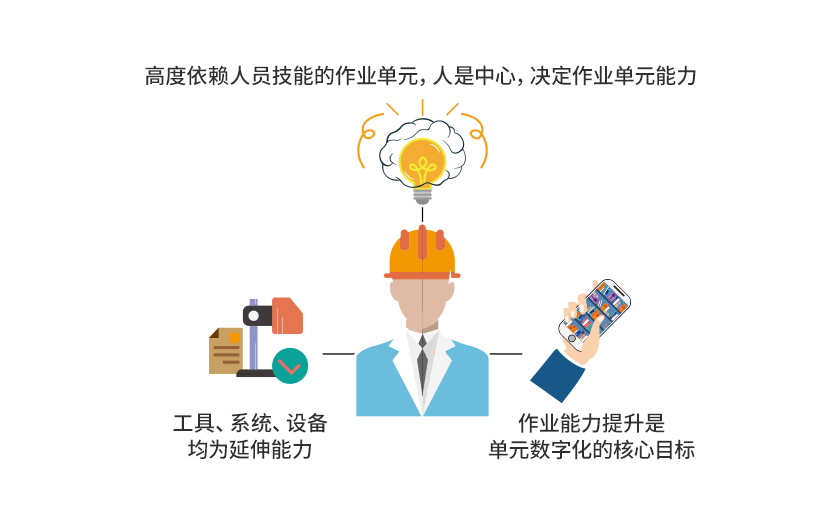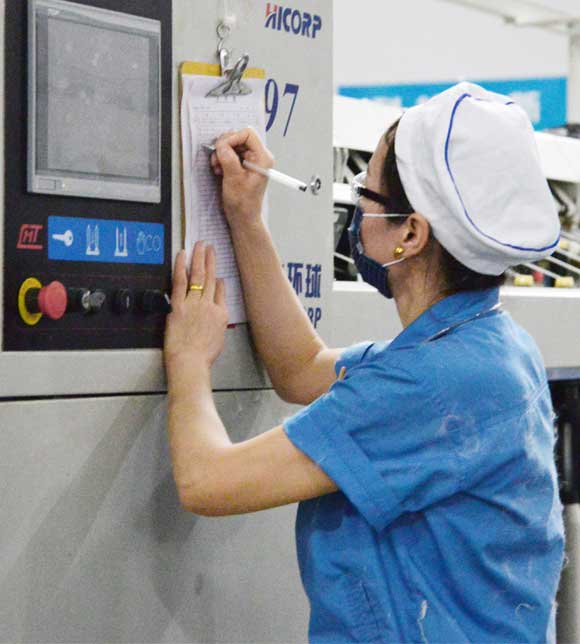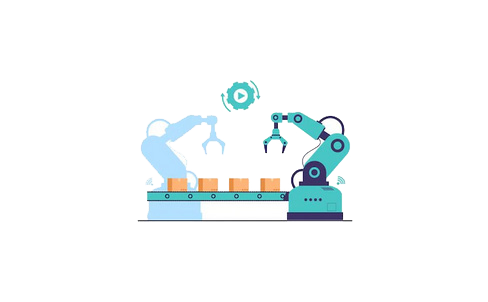The work cell is the most important front-line component on the manufacturing site:
The ultimate executor of production orders
The direct manufacturer of products
The most affected by production problems
The earliest detector of production status
The quality of manufacturing results depend directly on the capacity of work cells, but the work cells are often unremarkable and ignored in the overall operation strategy.

Automation is costly and difficult to scale up, which leads to the inability of automation to completely replace employees.
80% of manufacturing activities are completed by employees.
A large number of spot checks, records, judgments, responses and collaborations are still carried out manually.

With the development of science and technology and the replacement of simple and repeatable operations by automation, the tasks left for employees become increasingly complex, and the skill requirements are increasingly demanding.
More than 70% of production errors are caused by employees, and more effective tools are needed to assist operations and avoid errors.

Each work cell is a digital silo, and most enterprises are more than willing to invest in large-scale information systems and automation equipment, meaning that work cells fall behind in the production system.
Work cells are complex, changeable and quite different from each other, and are seemingly out of reach of digitalization.
The connection between work cells and the production system is broken, meaning the system cannot get a timely and realistic picture of front-line operations, as if it were in a black box.

Realize revolutionary model optimization through brand-new smart tools and information systems, and completely change processing and assembly methods, information interaction methods, abnormal response methods, etc.


Improving the employee operation model
with digital enhancement technology
Digital cells change the collaborative production mode of operators using digital technology.
They can achieve maximum operator efficiency
avoid their own weaknesses,
and provide help for operators undertaking more complex

IIOT (Industrial Internet of Things)
is the correct method to realize enhanced technology and empower work cells
The Industrial Internet of Things connects smart devices, data communication, software, analysis and employees, obtaining operable data from manufacturing operations. (Convergence)。
Digital technology helps to connect employees at all levels with the support and information they need, thus enabling true convergence.




Realize collaborative operations and improve response speed by applying applets

Information applets, AI, and smart hardware technology can help operators go beyond human limitations and complete tasks better

Various APIs and other interfaces connect operational data silos and integrate them into the overall digital system of the factory

Paperless records can be quickly realized through the collaboration with industrial APPs and smart collection devices
Based on industrial APP collaboration with smart hardware, complex operations can be streamlined significantly to exponentially improve operation efficiency and reduce the occurrence of errors
operators in completely eliminating errors through machine vision, rapidly detecting anomalies, and significantly reducing quality losses
Abnormal production status alerts can improve response speed, thus quickly eliminating the impact of abnormalities and improving production stability
Real-time data sharing and real-time manufacturing site management can be realized through data acquisition and visualization tools


Contact a digital solution expert about front-line digital cell production to discuss your projects
Consult nowCopyright © 2020 苏州数位单元有限公司 保留所有权利
网站制作备案号:苏ICP备2022001743号-2 